- Home
- test5
Enter Your Name
Level 1: The Endocannabinoid System
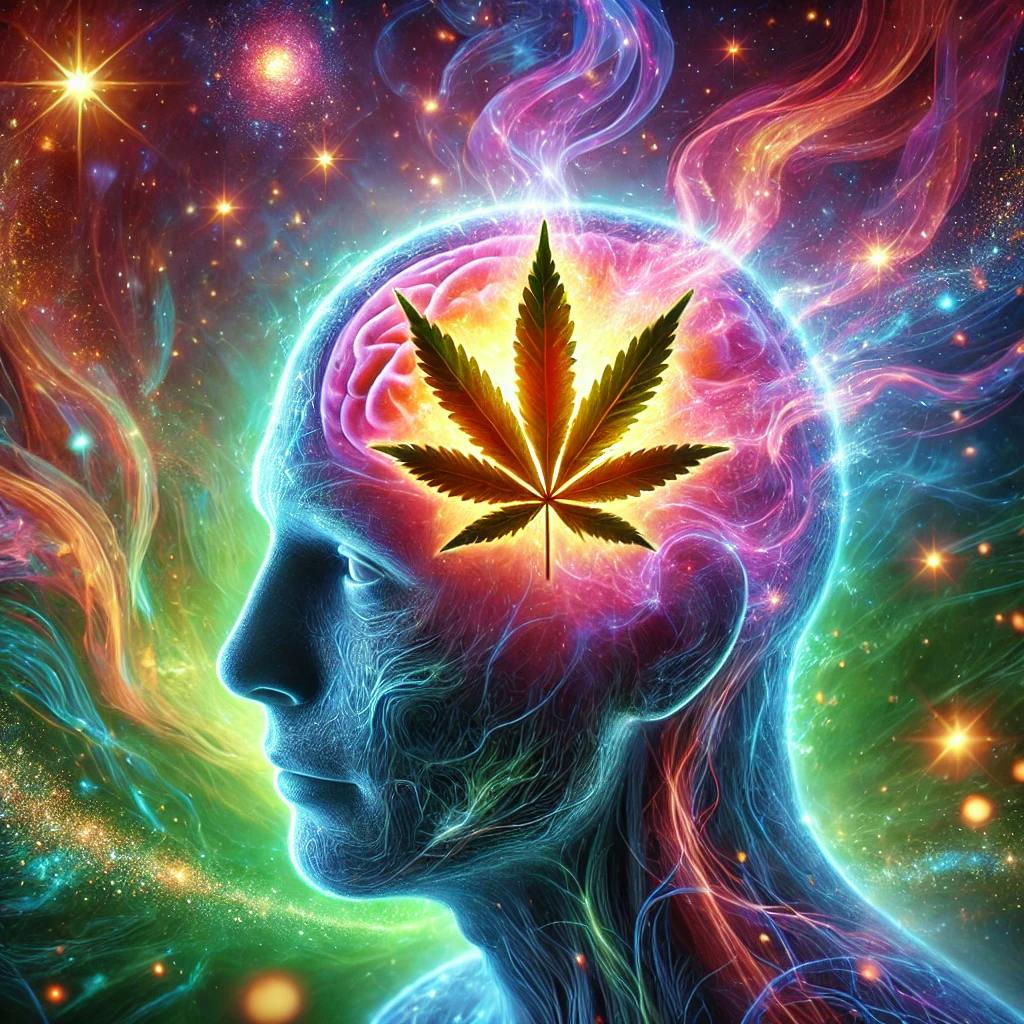
What Are Cannabinoids?
Cannabinoids are natural compounds found in cannabis plants and even in our own bodies! They work with a system inside us called the endocannabinoid system (ECS) to help keep things balanced, like mood, sleep, pain, and appetite.

THC (tetrahydrocannabinol)
THC is the main compound in cannabis that makes people feel "high." It primarily attaches to CB1 receptors in the brain, affecting memory, movement, and how we feel. It can also help with pain and nausea.

CBD (Cannabidiol)
CBD does not make you feel high like THC does. Instead, it helps the body relax and may reduce stress, pain, and inflammation. People use it for anxiety, sleep, and even epilepsy.

CBN (Cannabinol)
CBN comes from THC as cannabis ages. It is known for making people feel sleepy and may help with insomnia. Some studies also suggest it helps with pain relief.

CBG (Cannabigerol)
CBG is sometimes called the "mother of all cannabinoids" because other cannabinoids start as CBG before changing into THC, CBD, or CBN. It might help with focus, inflammation, and even protecting the brain.
Level 1: Cannabinoid Quiz
Level 2: Receptors
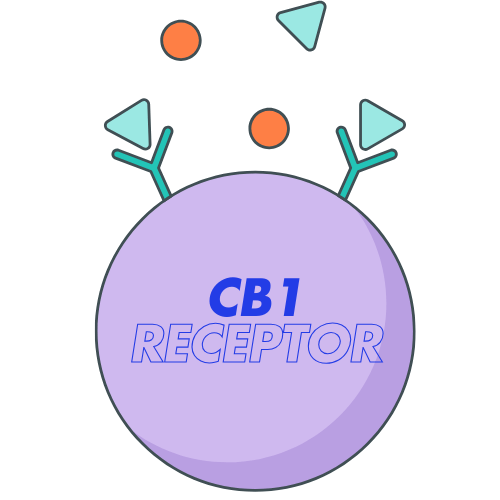
CB1 Receptors
CB1 receptors are primarily found in the brain and central nervous system. They are responsible for the psychoactive effects of THC.
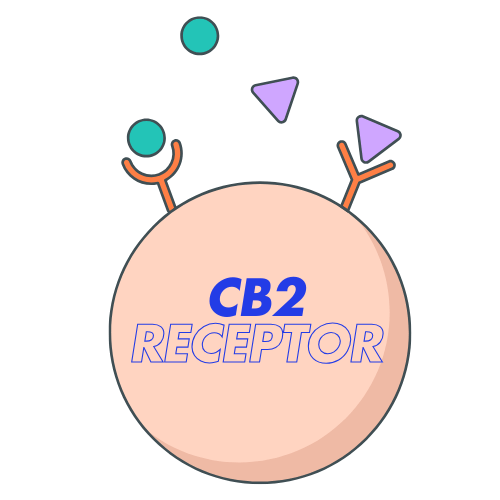
CB2 Receptors
CB2 receptors are primarily found in the peripheral organs, especially cells associated with the immune system. CBD has more of an effect on CB2 receptors.
Level 2: Receptor Drag & Drop


Level 3: Terpenes
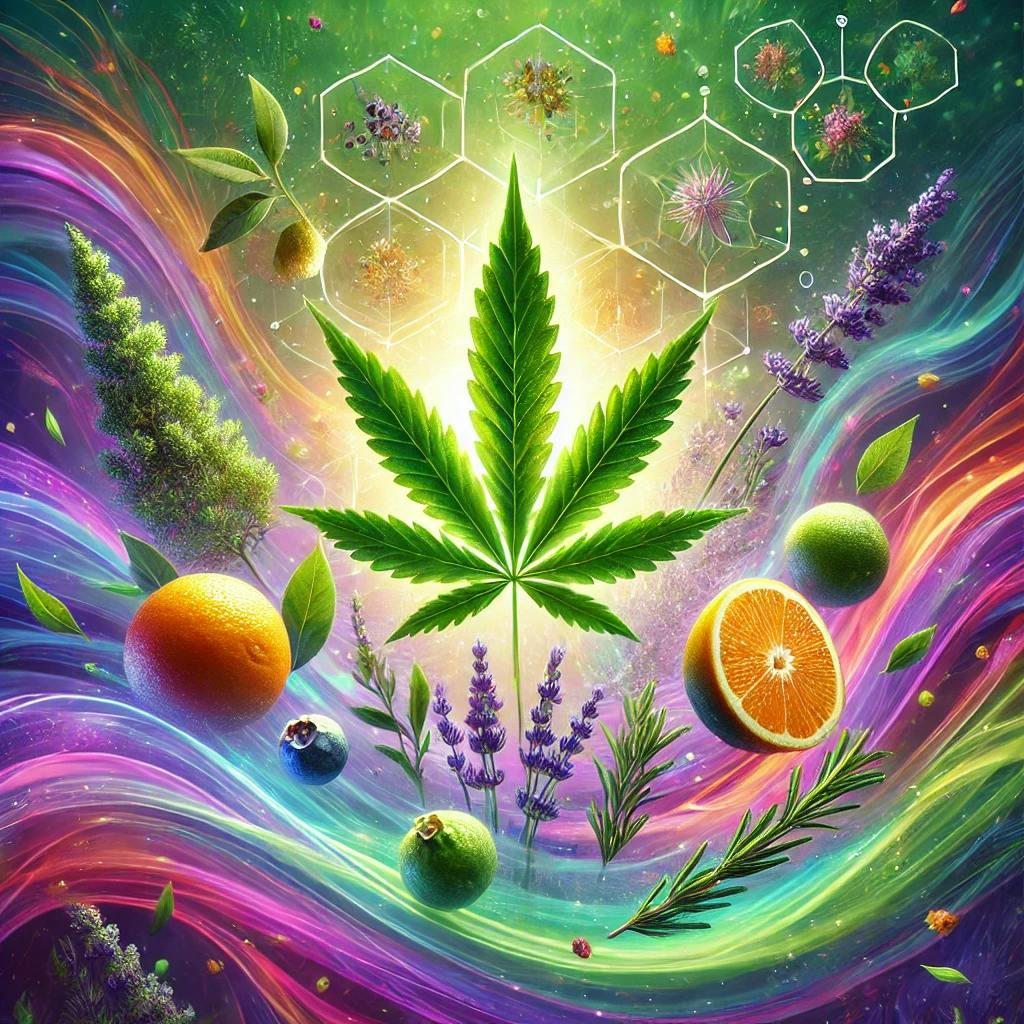
The Terpenes
Terpenes are aromatic compounds found in many plants, including cannabis, that give them their distinct scents and flavors. They are responsible for the smell of citrus fruits, pine trees, lavender, and cannabis.

Myrcene has an earthy, musky aroma with a hint of cloves and is often associated with the classic “couch-lock” feeling. Many believe it enhances THC’s sedative properties, making it ideal for winding down at the end of the day or promoting restful sleep.

Limonene is best known for its bright, citrusy aroma and its uplifting, mood-enhancing effects. It’s commonly found in strains that help with stress relief, creativity, and focus. Because of its energizing nature, it’s often a great choice for daytime use.

Pinene has a fresh, woodsy scent reminiscent of pine forests and is valued for its ability to promote mental clarity and alertness. Some research suggests it may even help counteract THC-induced forgetfulness, making it a good option for those looking to stay productive while consuming cannabis.

Linalool is a terpene known for its calming, floral aroma and its ability to reduce stress and anxiety. It’s commonly associated with relaxation and is often present in strains that help with sleep or mood balance. Its soothing properties make it a popular choice for those looking to unwind. whether through a gentle body high or a more tranquil mental

Caryophyllene – The Body Balancer Caryophyllene stands out because it directly interacts with the body's endocannabinoid system, specifically the CB2 receptors, which play a role in pain and inflammation regulation. It has a spicy, peppery aroma and is often found in strains that help with stress relief and physical discomfort.

Humulene is a terpene found in cannabis, hops, and various plants. It has a woody, earthy, and slightly spicy aroma—often compared to the smell of hops in beer. It is known for its anti-inflammatory and appetite-suppressing properties, making it unique among cannabis terpenes.
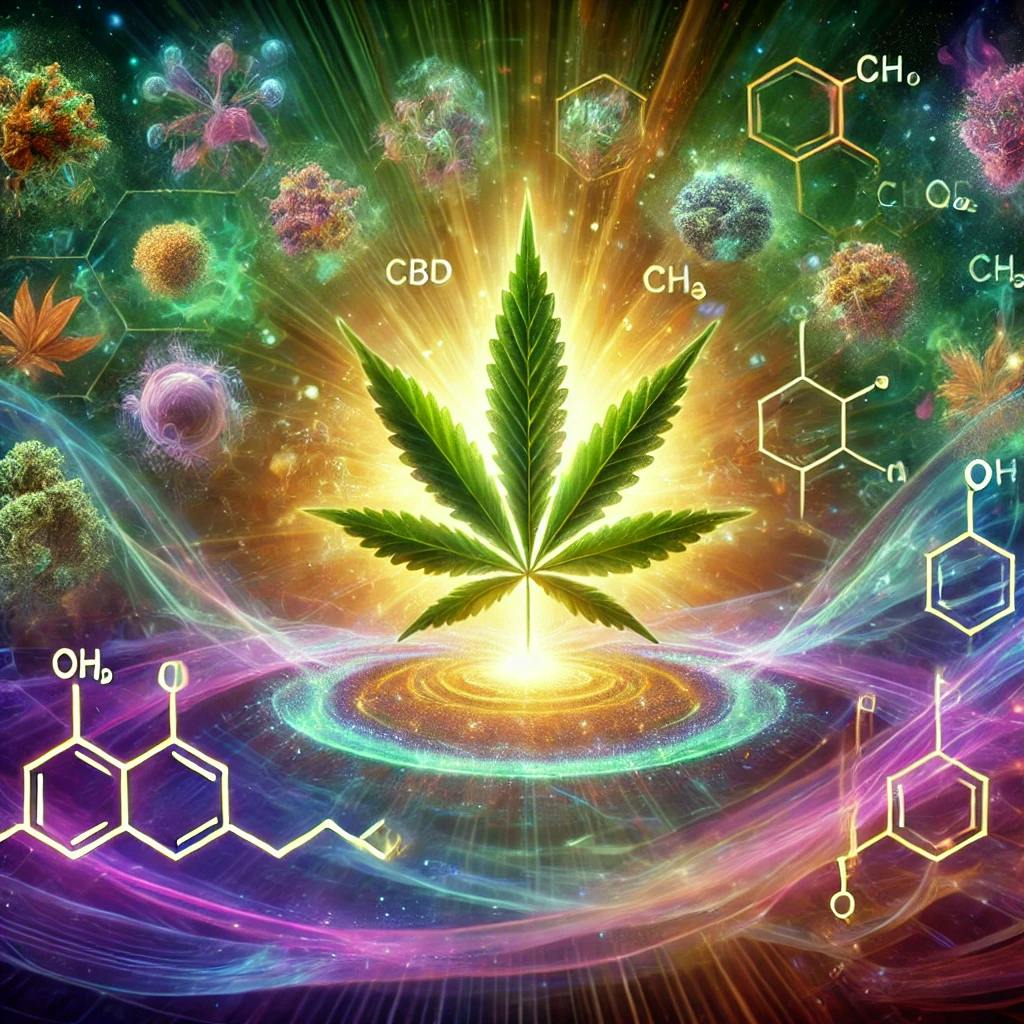
The Entourage Effect
When terpenes and cannabinoids work together, they create a stronger, more balanced effect. This is known as the Entourage Effect.
Level 3: Terpene Match
Level 1: Cannabinoid Score: 0
Level 2: Receptor Score: 0
Level 3: Terpene Score: 0
Total Score: 0
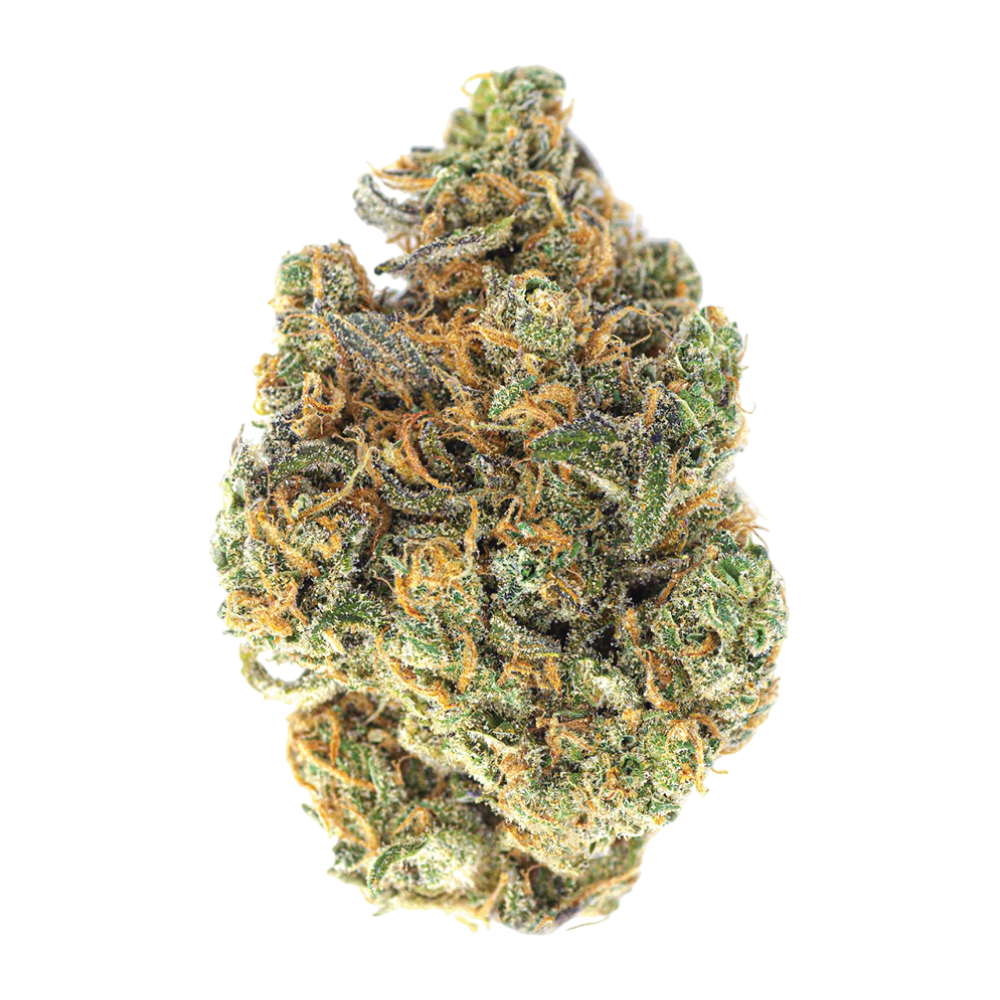

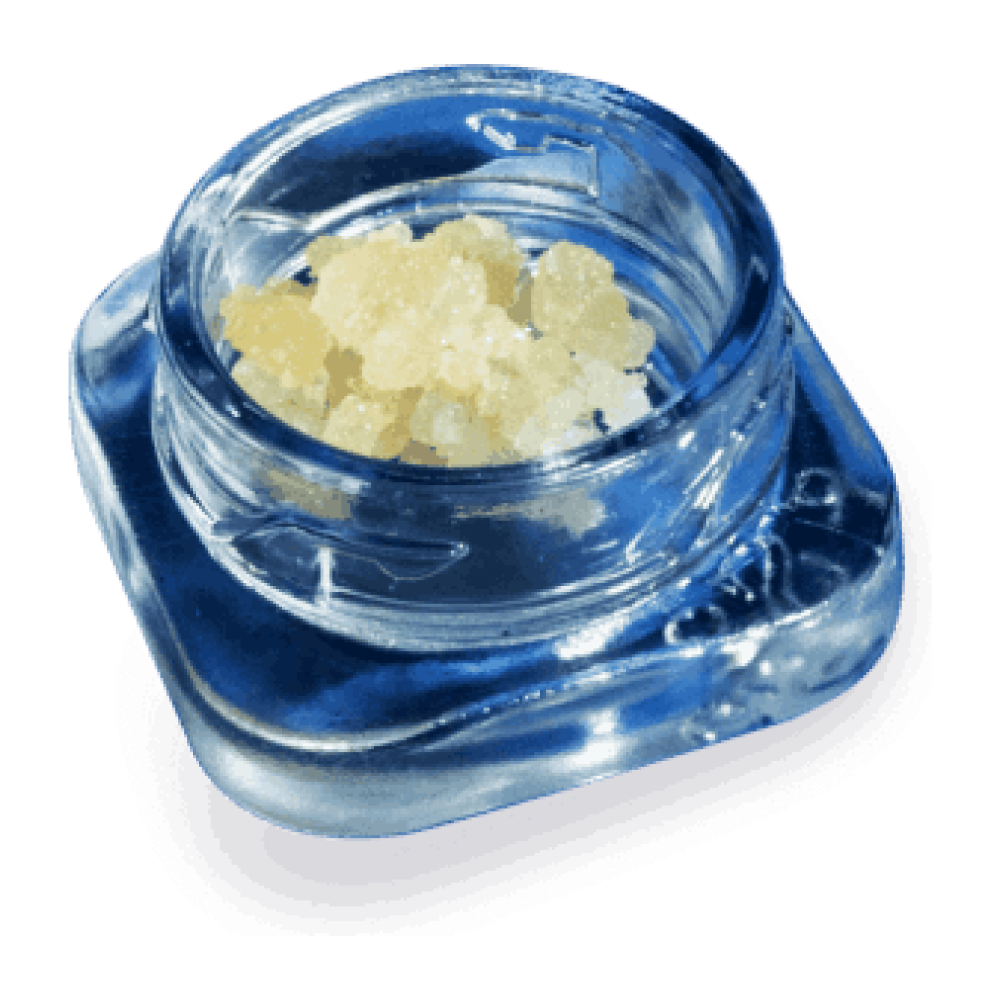
Flower FAQs
- Myrcene (earthy, herbal) – May promote relaxation.
- Limonene (citrusy) – May help with mood and stress.
- Pinene (piney) – May support focus and alertness.
- Smell: A strong, aromatic scent means rich terpenes. Avoid hay-like or musty smells.
- Feel: It should be slightly sticky but not too dry or too wet.
- Trichomes: Look for frosty, crystal-like structures—this is where THC and terpenes are concentrated.
- Vaporizing – Preserves terpenes and reduces harshness.
- Joints/Pre-rolls – Classic, portable, but burns terpenes at high temperatures.
- Bongs/Pipes – Offers smoother hits, especially with water filtration.
- Infusing into Oils/Butter – Great for making edibles (requires decarboxylation first!).
- In a cool, dark place (light & heat degrade cannabinoids).
- In an airtight glass jar (plastic bags cause trichome loss).
- With a humidity control pack (58-62%) to prevent dryness.
- Avoid storing in the fridge/freezer—this damages trichomes!
- Coarse Grind – Best for pipes & bongs (prevents clogging).
- Medium Grind – Ideal for joints & pre-rolls (even airflow).
- Fine Grind – Best for vaporizing & edibles (max surface area).
- Preheat oven to 220-240°F (105-115°C).
- Break up flower into small pieces and spread on a baking sheet.
- Bake for 30-45 minutes, stirring occasionally.
- The cannabis should turn a light brown and have a toasted smell.
Edibles FAQs
- If you're new to edibles, start with 2.5-5mg THC.
- Wait at least 2 hours before taking more.
- Regular users may consume 10mg or more, but effects vary by person.
- Effects usually start within 30 minutes to 2 hours.
- Peak effects occur around 2-4 hours after consumption.
- Some people feel effects for 6-8 hours or more, depending on metabolism.
- Gummies & Chocolates – Most common, take 30-90 minutes to take effect.
- Beverages – Absorbed faster, often felt within 15-45 minutes.
- Baked Goods – Absorbed like traditional edibles, onset time 30-90 minutes.
- Sublingual Edibles (Tinctures, Lozenges) – Absorbed under the tongue, effects felt faster.
- Store edibles in a cool, dark place (heat & light can degrade potency).
- Use airtight containers to keep out moisture and air.
- For long-term storage, keep chocolates and baked goods in the fridge or freezer.
- Keep edibles away from children & pets—use childproof containers.
- Smoking & Vaping: THC enters the bloodstream immediately, effects felt within minutes.
- Edibles: THC is processed by the liver and converted to 11-hydroxy-THC, which can feel stronger and last longer.
- Edibles take longer to kick in but can last 6-8 hours or more.
- Step 1: Decarboxylate – Bake ground cannabis at 220-240°F (105-115°C) for 30-45 minutes.
- Step 2: Infuse into Oil or Butter – Simmer cannabis with coconut oil or butter on **low heat (160-200°F)** for 2-3 hours.
- Step 3: Strain – Remove plant material using cheesecloth.
- Step 4: Use in Recipes – Replace regular butter/oil in your favorite dishes.
Concentrates FAQs
- Concentrates can contain 60-90% THC, compared to flower (15-30% THC).
- Common extraction methods include solvent-based (butane, CO₂) and solventless (heat, pressure).
- Types of concentrates include wax, shatter, live resin, rosin, and distillate.
- Wax – Soft, sticky, and easy to handle. Commonly dabbed.
- Shatter – Brittle, glass-like, and breaks easily. High potency.
- Live Resin – Extracted from fresh, frozen cannabis, keeping terpenes intact.
- Rosin – Solventless concentrate made using heat and pressure.
- Distillate – Highly purified THC oil, used in vape cartridges and edibles.
- Dabbing – Using a dab rig and a torch to vaporize the concentrate.
- Vaporizers – Some vapes are designed for wax, shatter, or distillate.
- Infusing Flower – Adding a small amount of concentrate to flower for extra potency.
- Edibles – Distillate and RSO can be added directly to food or drinks.
- Keep in a cool, dark place to prevent degradation.
- Use silicone or glass containers for sticky concentrates.
- For long-term storage, refrigerate or freeze, but allow to warm before use.
- Prevent air exposure by sealing tightly to **avoid drying out**.
- Live Resin: Contains **full-spectrum cannabinoids & terpenes** for a flavorful experience.
- Distillate: Pure **THC or CBD extract** with minimal terpenes, ideal for edibles and vape carts.
- Live resin is **better for flavor and entourage effect**, while distillate is **stronger but lacks full-plant effects**.
- Most cannabis flower contains **15-30% THC**.
- Concentrates range from **60-90% THC**, meaning a much stronger effect.
- Because of the high potency, smaller doses are recommended for beginners.
- Beginners should use a **small dab (rice grain-sized)**.
- Wait **10-15 minutes** before taking another hit.
- Overconsumption can lead to **intense effects**, so always start with less.
How Weed is Made
🌱 Germination & Seedling Stage
Click the seed to see it sprout!

🌿 Vegetative Growth
Adjust the light to control growth.

💐 Flowering Stage
Click the bud to zoom in on trichomes.


✂️ Harvest & Curing
Trim the bud by clicking on it!

🧪 Extraction & Infused Products
Click the beaker to start the extraction process.

🔬 Testing & Compliance
Lab testing ensures quality, potency, and safety of cannabis products.
End of Tour! Thank you for learning about cannabis growth.
